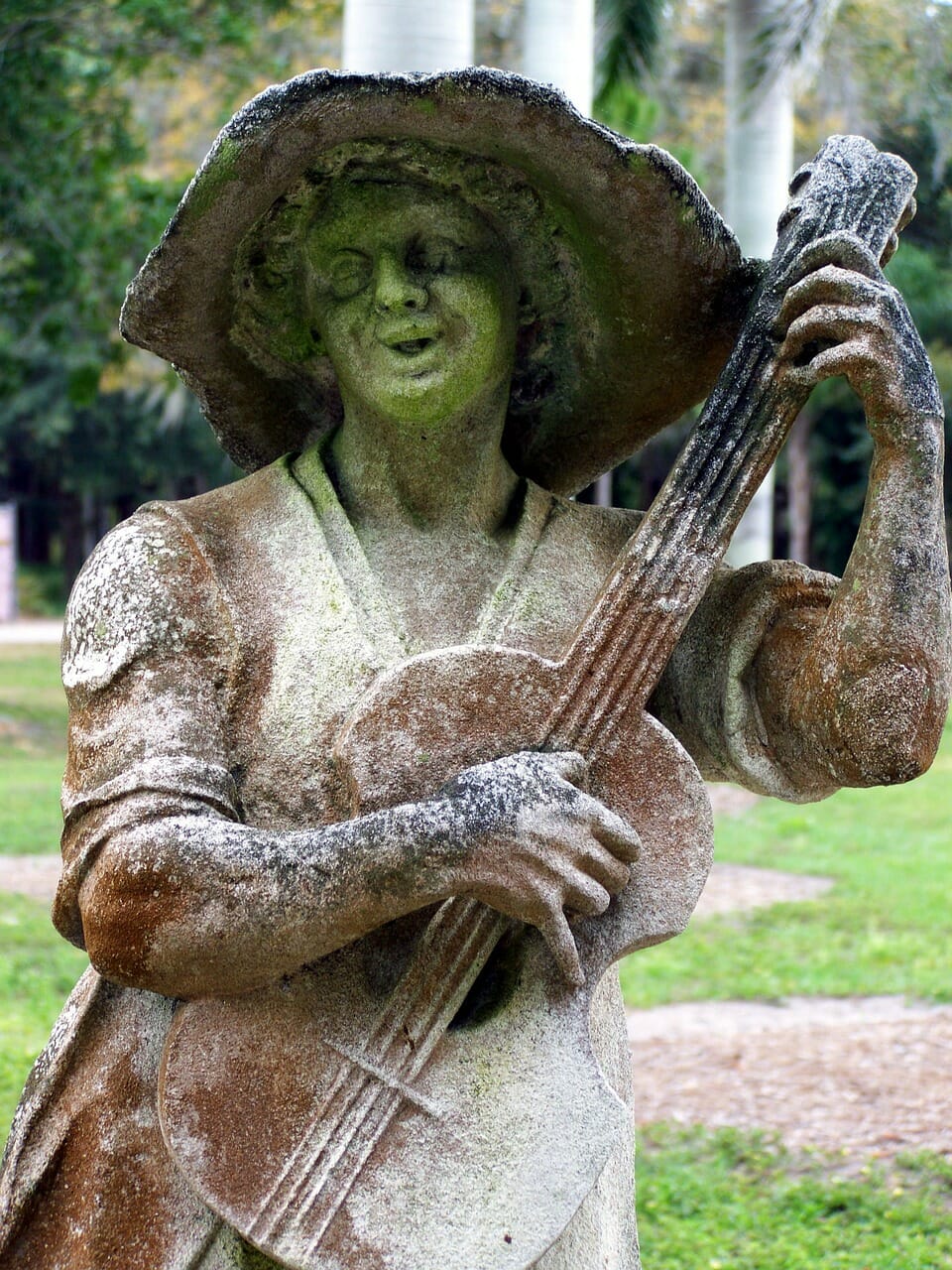
Ringling Statue
The Ringling
Every kid growing up wanted a chance to go to a Ringling Brothers Circus, one of the ‘greatest shows on earth.’ Because of this, every grad should have the opportunity to visit the Ringling and see what started it all, who started it all, and what influence the American circus had on art, culture, and life in Sarasota. This 66-acre campus located on Sarasota Bay was founded by John Ringling and his wife Mable and combines their love of art, Italy, and beautiful Sarasota county.
Home to everything one needs to know about the American Circus, the Ringling Museum offers authentic slides, wardrobe designs, and posters for circus shows as well as plenty of photos and historic exhibits throughout. Be sure to check out the Ca’d’ Zan, or ‘house of John’, to see what the Roaring Twenties were all about with this attempt at the American Dream Venetian and Gothic style 36,000 square foot home.
This campus also offers a chance to visit the State of Florida’s Art Museum, an offset of the Ringling’s worldwide adventures. Created after a period of circus travel between John and Mable, a large quantity of unique and prestigious European art was collected and John put into design this 21-gallery museum to house all the objects he and his wife acquired along the way. Considered to be the home of the preeminent art and culture collections in the United States, this complex offers a courtyard filled with Greek and Roman sculptures like that of Michelangelo’s David as well as an indoor gallery full of some of the most unique and chic souvenirs of travel collected by the Ringlings. Let a visit to the Ringling Museum put into perspective the historical, social, and economic context in which all of the work was collected on this fun history-filled tour of the American Circus.
Be sure to save plenty of time to explore the brand new Kotler-Coville Glass Pavilion at the Ringling, the 5,500 square foot glass museum that shows off 68 works of modern and contemporary glass art from 5 different continents. The works displayed range in creation from the 1940s until today and work to show the advancements in the medium and techniques over time, from cast to blown glass tubes to slumped glass. This new collection helps highlight the strength, diversity, and quality of The Ringling’s collection.


